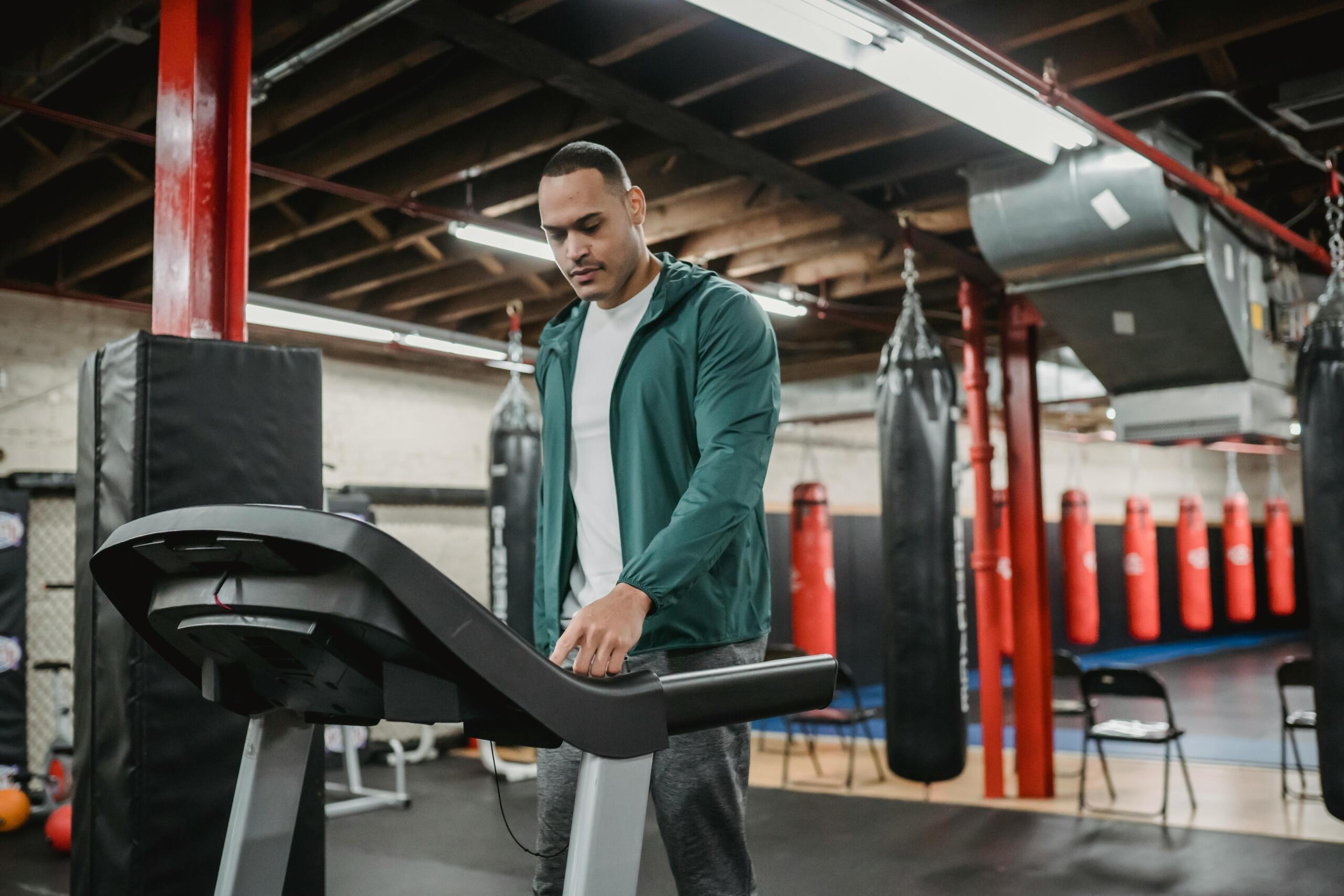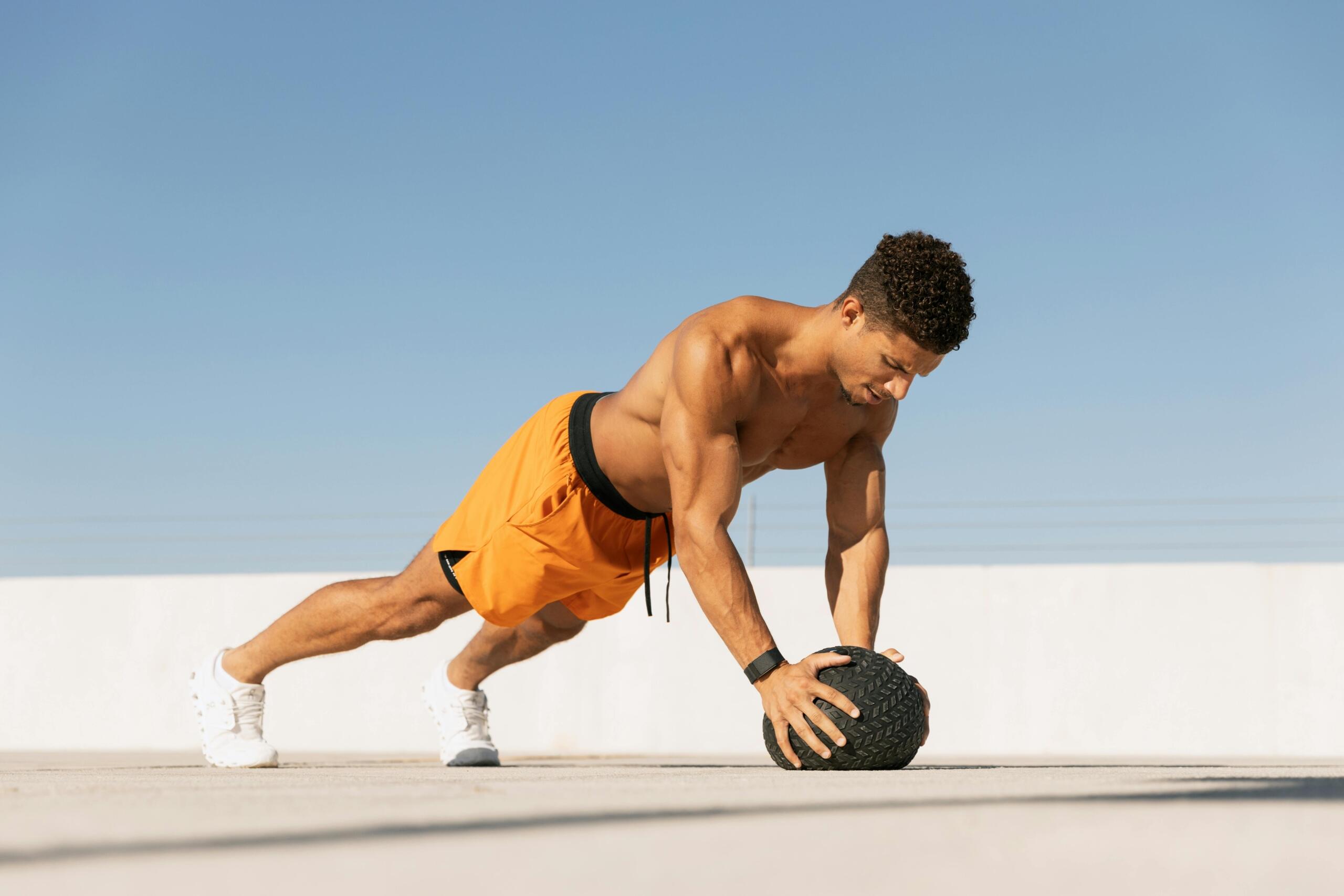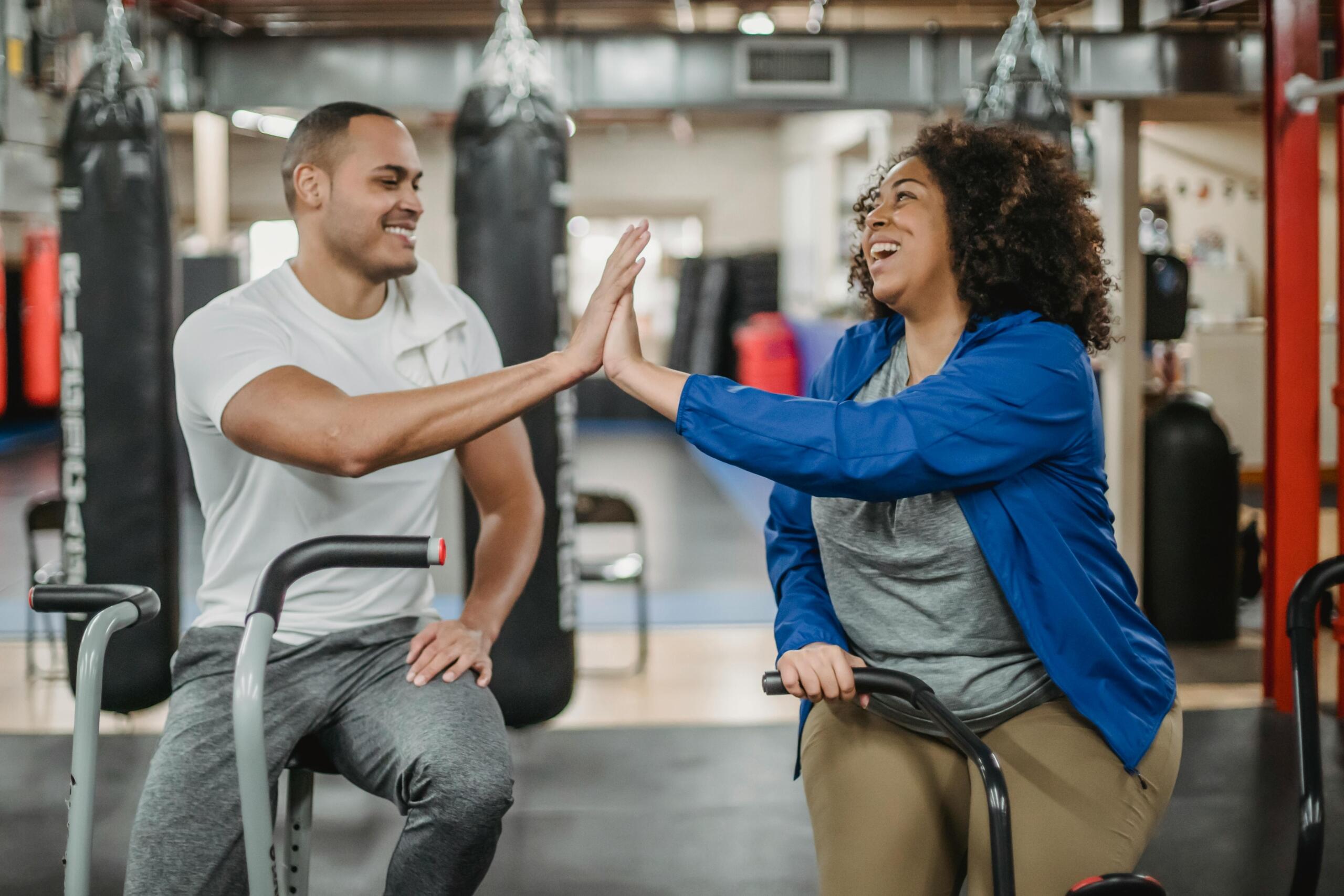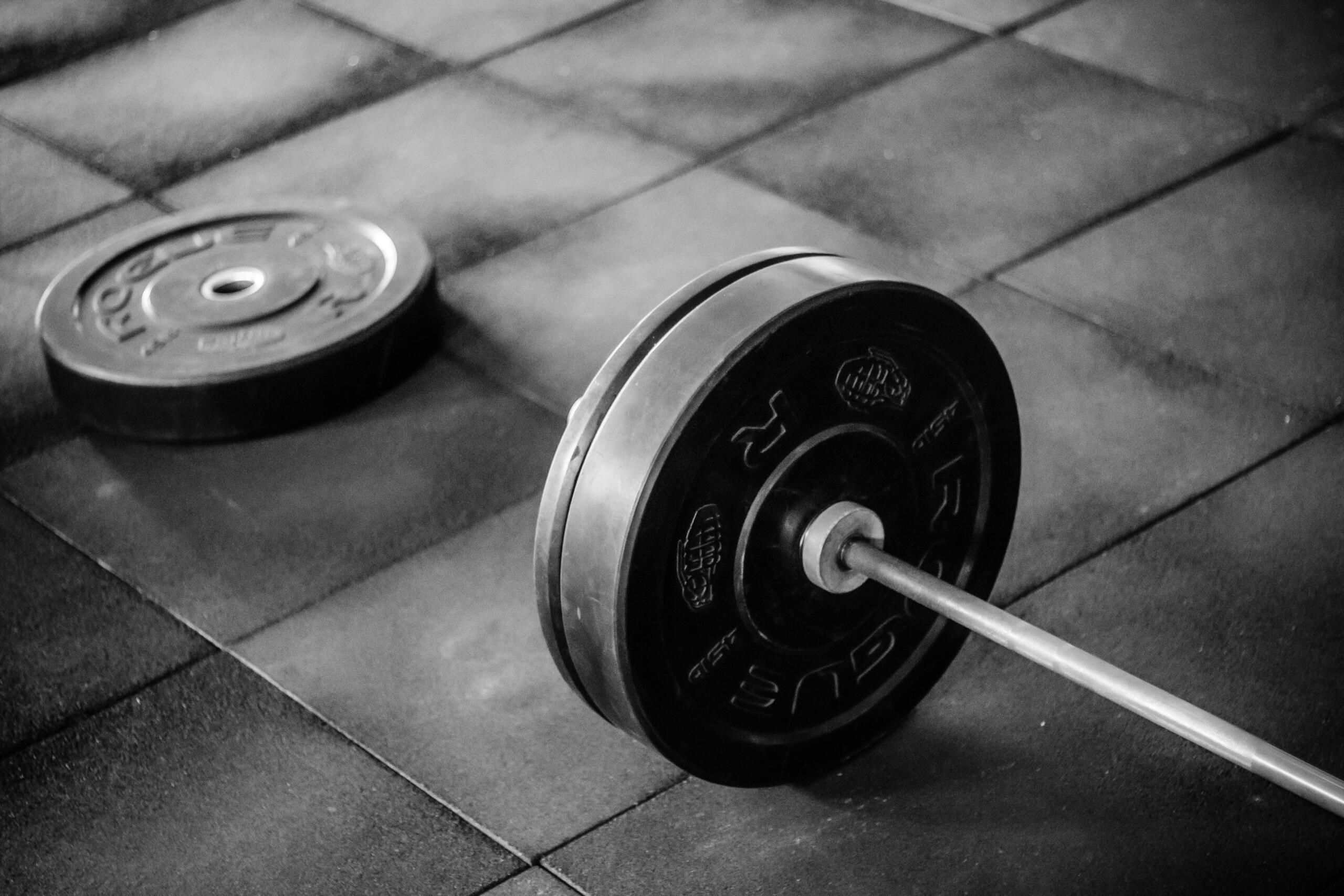Walking into a gym for the first time can feel a bit like the first day of school. You’re surrounded by unfamiliar machines, clanking weights, and people who look like they know exactly what they're doing. Whether you're new to fitness or just keen to understand your options better, this guide to gym equipment will give you the confidence to show up and take charge of your workouts.
In this article, we’ll unpack different gym equipment and uses. So not only will you find out about the most common gym equipment and how to use it, but we’ll also touch on practical questions like how much does a gym membership cost per month. Let's get started.

Guide to Gym Equipment: Cardio Machines
Cardiovascular equipment is usually the first section you’ll see when you walk into any gym. These machines are designed to raise your heart rate, burn calories, and improve stamina. In South Africa, many gyms are equipped with a variety of cardio machines, and each has its own advantages.
Here is a quick guide to gym equipment intended for cardio fitness.
No responsible guide to gym equipment would be complete without this warning: start slow, warm up properly, and don’t be afraid to ask for guidance. Better yet, a personal trainer will be the fastest way for you to find your way around common gym equipment and how to use it.
A Guide to Gym Equipment: Strength Training

If toning up and building muscle is your goal, then knowing your way around strength training equipment is a must. This is where many get overwhelmed, but with this quick guide to gym equipment for strength training, you'll feel at home.
- Firstly, check out the Smith machine which is a barbell fixed within steel rails. It’s great for beginners because it adds a level of safety and control, especially when doing squats or bench presses without a spotter.
- Next are cable machines which are versatile, and allow for a wide range of exercises – from tricep pushdowns to cable crossovers. Here, because the resistance comes from a system of pulleys, you get constant tension throughout the movement, which can be excellent for muscle growth and control.
- There are also plate-loaded machines which combine the controlled movement of machines with the customisable weight of free weights. They’re ideal if you’re looking to lift heavier weights with proper form while you specific muscle groups safely.
Ultimately, by understanding the different gym equipment and uses you take the guess work out of your routine while you focus on getting stronger with confidence.
Free Weights: For Strength, Control and Functional Fitness
While people swear by machines, many trainers favour free weights to build real-world strength. To do this you’ll need barbells, dumbbells, kettlebells, and benches! Here’s a short guide to gym equipment using free weights for functional fitness.
Dumbbells and barbells allow a wide range of motion and can target both large and small muscle groups effectively. You’ll often see people doing bench presses, curls, lunges, or squats with them. The key here is proper form – it’s easy to get injured if your posture is off.
Kettlebells are unique in their shape and are brilliant for functional movements like swings, cleans, and snatches. These exercises often involve multiple joints and muscle groups, which gives you more reward for your effort!
Remember that benches are more than just a seat – they support exercises like the bench press or seated curls. Adjustable benches offer incline and decline options to vary your workouts.
In the end, free weights challenge your balance and coordination more than machines, so they’re a crucial part of any well-rounded fitness plan. If you’re unsure how to start, consider combining personal coaching with your favourite gym, a solution that works for many.

Functional Training Gear: For Real-Life Strength and Mobility
This is where the fun begins. Functional training gear helps you build strength that translates directly to everyday movements like lifting groceries, climbing stairs, or even playing with your kids.
- TRX straps, which use your bodyweight for resistance, are incredible for core stability and control. Here, you can do pushups, rows, planks, and much more, all while engaging multiple muscle groups.
- Resistance bands are another versatile tool. They’re lightweight, easy to store, and perfect for targeting muscles in a controlled way. They’re especially good for rehab exercises or low-impact strength training.
- Don’t forget medicine balls and sleds which bring an athletic feel to your training. These are great for slams, twists, and wall throws - all of which are powerful, explosive movements that build functional strength.
When you include these tools in your workout, you add variety and also boost real-life strength, flexibility, and coordination.
Do you see how understanding different gym equipment and uses, which often gets overlooked, is worth exploring?

Stretch and Recovery Equipment: Don’t Skip This Part
Remember that every solid workout plan needs to include recovery and ignoring this can lead to burnout or injury. In the end, stretching and recovery equipment supports your body’s healing process and helps you perform better in the long run.
Here, foam rollers are perfect for self-massage, loosening tight muscles and improving blood flow. They’re especially good for runners or anyone with sore legs.
Don’t forget that mats are essential for floor exercises, stretching, or yoga. You’ll find these in most gyms or group classes.
In addition, balance balls, also called stability or Swiss balls, improve core strength, posture, and balance. Just sitting on one engages your stabilising muscles, and they’re often used for exercises like crunches or back extensions.
Spending just 5–10 minutes with this equipment at the end of your session can make a huge difference. It’s a vital part of the bigger picture when learning about common gym equipment and how to use it correctly.
Safety First: Your Gym Etiquette and Injury Prevention Basics
Using gym equipment correctly is only half the story. Gym safety and etiquette matter just as much.
Always start with a warm-up and end with a cooldown. When using machines or weights, maintain good posture. This means a straight back, engaged core, and smooth movements. Avoid jerking or swinging weights. If you’re unsure about your form, don’t guess. This is where personal coaching becomes your most valuable investment.
Clean your equipment after use. Wipe down benches, mats, and cardio machines. It’s courteous and hygienic, especially in a shared space..
Lastly, don’t be shy to ask gym staff for help. They’re there to support you, whether you’re a seasoned athlete or a newbie trying to understand the different gym equipment and uses for the first time!
How Much Does a Gym Membership Cost Per Month?

You might be wondering, how much does a gym membership cost in South Africa? In short, this varies widely based on location, facilities, and services.
Basic access to chain gyms like Virgin Active or Planet Fitness can range from R250 to R600 per month, depending on promotions and commitment period. More premium clubs or boutique gyms offering specialised classes and personal coaching might cost upwards of R1,000 monthly.
If you are on a budget, don’t write off community gyms, university gyms, or off-peak memberships which offer good value. Some places even allow pay-as-you-go rates or outdoor group sessions with personal trainers.
Whichever option you choose, make sure it fits your lifestyle and gives you access to the variety of common gym equipment and how to use it that suits your fitness goals.
And don't forget to weigh up all the pros and cons of a gym membership before you commit.
Start Where You Are
Even if the answer to your question: how much does a gym membership cost per month is too much, you can start where you are at!
Whether your goal is weight loss, muscle gain, or just feeling better, understanding the different gym equipment and uses is your first step towards an enjoyable and sustainable fitness journey and you don’t need it to be in a fancy gym to get started.
If you feel overwhelmed, remember you don’t have to learn everything at once. A few sessions of personal coaching can help you navigate equipment safely and design a plan that works for you.















